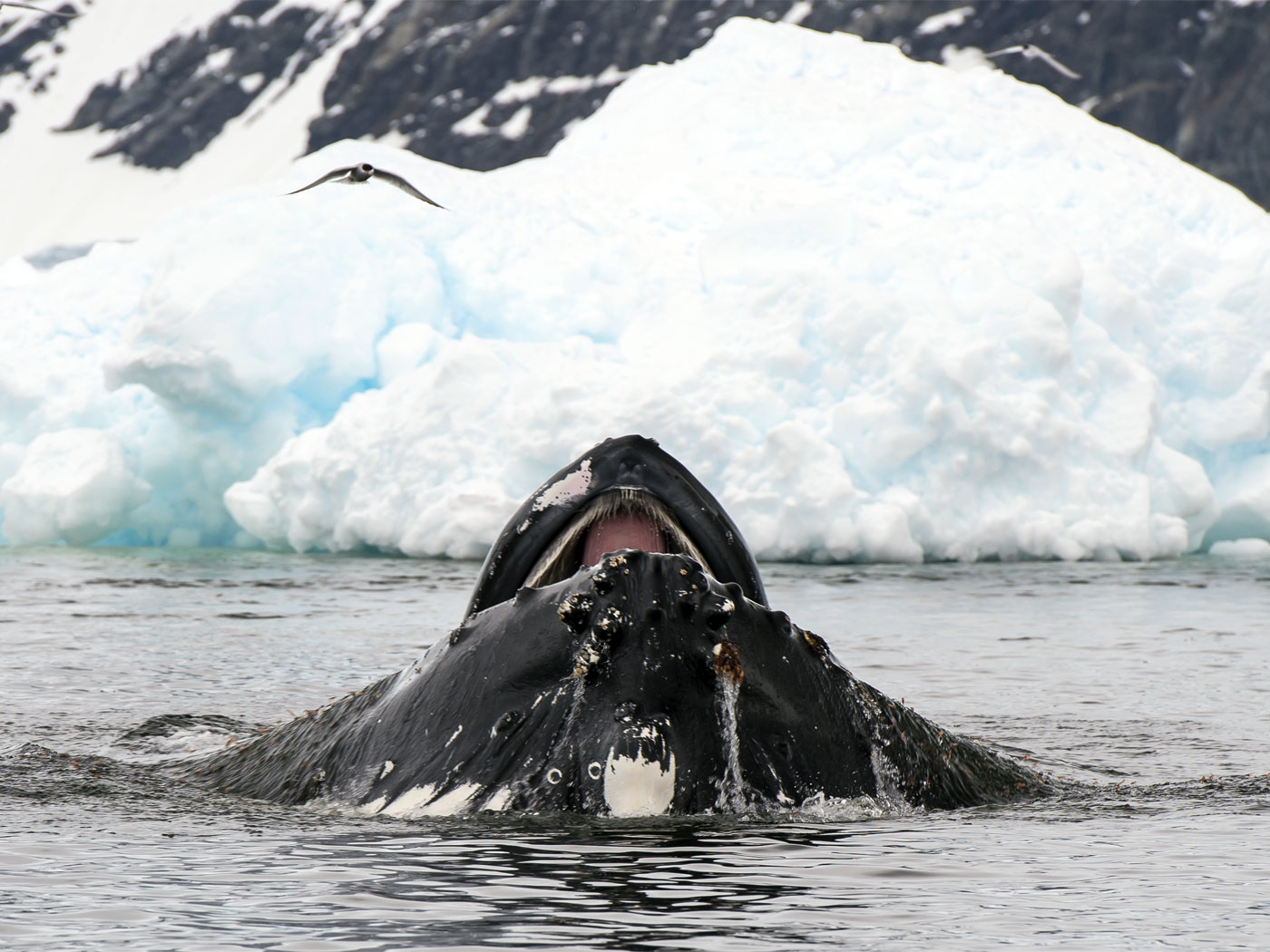Evolutionary scientists are baffled by a large ant fossil found in British Columbia, Canada. Known as Titanomyrma, this same ant had been found previously in Europe and in Wyoming in rocks claimed to be 50 million years old.1,2 Because they hold to a uniformitarian worldview, the scientists are locked into believing these ants had to migrate across the cold Arctic from one continent to the other. But how?
According to the evolutionary tale:
Europe and North America were connected by land across the Arctic then, as the North Atlantic had not yet opened enough by continental drift to fully separate them…This creates a problem, however, as although the ancient Arctic had a milder climate than today, it still wouldn't have been hot enough to allow Titanomyrma to pass.3
Publishing in The Canadian Entomologist, the team of scientists from Simon Fraser University, Canada and Fossil Butte National Monument, USA suggested a solution, albeit a bit far-fetched. They claimed in 2011 that there might have been brief “hyperthermal” episodes that created warm enough passage for the ant species.3
Furthermore, they predicted that Titanomyrma would not likely be found in British Columbia because “it would have been cooler [at the time] than Titanomyrma appears to have required.”3
And yet, they found one, leaving the scientists mystified. It was the very first Titanomyrma found in Canada. Titanomyrma specimens found elsewhere have a wingspan of about 6 inches and likely weighed the same as a wren.3 The Canadian specimen was highly distorted making a size estimate a bit problematic.
Bruce Archibald, the lead author of the study said, “We'll need to find more fossils. Do our ideas of Titanomyrma's ecology, and so of this ancient dispersal of life, need revision? For now, it remains a mystery."3 A mystery that is best solved by the Flood.
Studies by uniformitarian scientists have suggested there was a very different set of environmental conditions in the past, which creationists apply to the pre-Flood world. Most models that use geochemical signatures in the rocks indicate higher oxygen levels in the pre-Flood world (Paleozoic and Mesozoic), with some models suggesting oxygen made up 35% of the atmosphere.4 Not only do geochemical models indicate higher oxygen levels but the gigantism exhibited by pre-Flood insects (dragonflies with wingspans of over two feet)5 and dinosaurs (up to 160 feet long) support this conclusion. Gigantism in various animals has been tied again and again to higher oxygen levels. It’s likely the higher concentrations of oxygen allowed animals to grow to tremendous sizes as exhibited by fossils such as Titanomyrma.
Furthermore, ICR has also demonstrated that the rocks these ants have been found in are part of the receding phase of the Flood. The big ants didn’t have to migrate across arctic conditions from one continent to another. It’s likely that these ants were living in the highest pre-Flood locations both in Canada and in Europe. The fossils were transported by the receding Flood waters to their present locations.
Recently, we reported on a mammal fossil also found in Eocene rocks in Wyoming and Ellesmere Island, Canada.6 The large ants and these mammals probably lived in the same pre-Flood uplands in Canada and Europe.7 As the Flood reached its peak on Day 150, it wiped off these animals and spread their remains to British Columbia, Ellesmere Island, Wyoming, and across Europe.
There is no need to postulate ants trekking across the Arctic to explain the distribution. Nor is there a need to inject short “hyperthermal” episodes to allow passage from one continent to another. The global Flood explains what we observe the best. The warmer pre-Flood conditions and likely higher oxygen levels explain the large size of the ants. And their fossil distribution is best explained by their transport off the highest pre-Flood hills as the waters were receding.
The historical events described in the Bible reveal the best answers.
References
1. Archibald, S. Bruce et al. 2023. "Eocene giant ants, Arctic intercontinental dispersal, and hyperthermals revisited: discovery of fossil Titanomyrma (Hymenoptera: Formicidae: Formiciinae) in the cool uplands of British Columbia, Canada." The Canadian Entomologist 155 (2023): e6.2. ICR’s scientists have demonstrated that these rocks, commonly called Eocene, represent part of the Tejas megasequence. The evidence suggests these rocks were deposited during the receding phase of the Flood and are only about 4500 years old.
3. Simon Fraser University, 2023. ‘Giant’ ant fossil raises questions about Arctic migrations. Phys.org. Published on phys.org on March 7, 2023, accessed March 14, 2023.
4. Poulsen, C.J., et al. 2015. Long-term climate forcing by atmospheric concentrations. Science 348(6240): 1238-1241.
5. Xinhua. 2017. Giant dragonfly fossil found in China. XinhuaNet. Posted on Xinhuanet.com June 16, 2017, accessed March 16, 2023.
6. Clarey, T. 2023. Arctic lemur-like fossils were transported during Flood. Creation Science Update. Posted on ICR.org February 13, 2023, accessed March 16, 2023.
7. Clarey, T. 2020. Carved in Stone: Geological Evidence of the Worldwide Flood. Institute for Creation Research: Dallas, TX, pp. 152-193.
*Dr. Clarey is Director of Research at the Institute for Creation Research and earned his doctorate in geology from Western Michigan University.





















